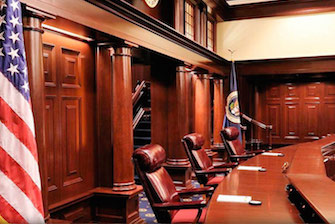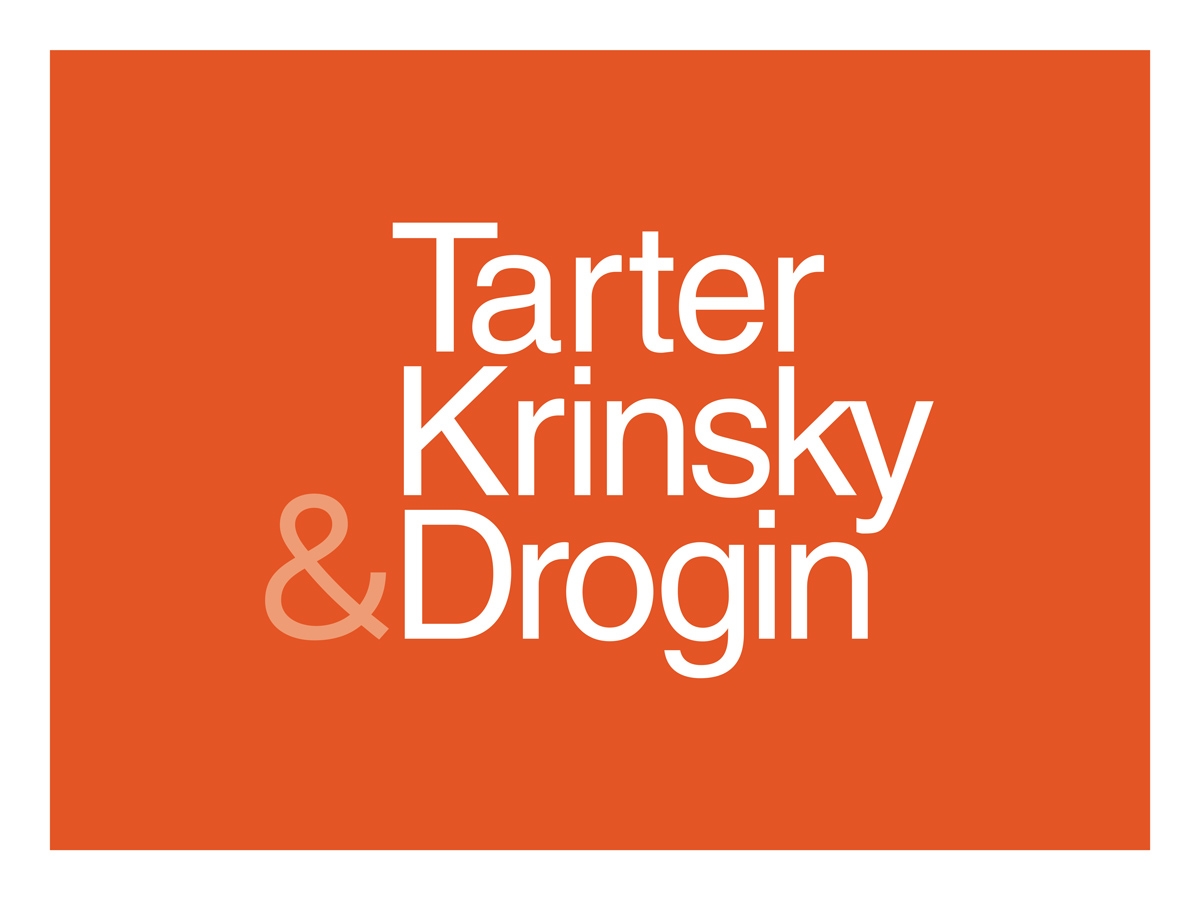CAFC Upholds USPTO Estoppel Regulation But Limits Application to New or Amended Claims
“The task of defining the bounds of section 316(a)(4) is for a later date and to be decided on a record with briefing more dedicated to that issue and in consideration of the Supreme Court’s recent ruling in Loper Bright Enters. v. Raimondo….” – CAFC opinion
The U.S. Court of Appeals for the Federal Circuit (CAFC) on Friday in SoftView LLC v. Apple Inc. held that the Patent Trial and Appeal Board (PTAB) properly applied the estoppel provision of 37 CFR § 42.73(d)(3)(i) in invalidating Softview’s amended claims submitted in inter partes and ex parte reexaminations. The PTAB held and the CAFC affirmed that the claims were not patentably distinct from claims previously invalidated in inter partes review (IPR) proceedings involving SoftView, and the court upheld the U.S. Patent and Trademark Office’s authority under the America Invents Act (AIA) to promulgate the estoppel rules. However, the CAFC limited its application to new or amended claims and remanded the case for reconsideration of claims issued prior to the reexaminations.
Softview appealed the PTAB’s decision in two inter partes reexamination proceedings in which the Board held all claims of SoftView’s U.S. Patent No. 7,461,353 (“the ’353 patent”) invalid under 37 C.F.R. § 42.73(d)(3)(i) based on a prior decision in an IPR proceeding. Under the AIA, Congress instructed the Director of the USPTO to prescribe regulations “governing inter partes review . . . and the relationship of such review to other proceedings under this title.” The rule promulgated by the USPTO prohibits a patent owner from “taking action inconsistent with the adverse judgment” in various proceedings, including IPRs.
Apple, Inc. and other companies filed for both inter partes and ex parte reexamniation of the ‘353 patent over several years, and in October of 2012, Kyocera filed a petition for inter partes review of 18 of the 319 claims of the patent. The reexamination proceedings were stayed pending the outcome of the IPR.
The PTAB eventually issued a final written decision finding all 18 challenged claims unpatentable. When the stay of the reexaminations was lifted, Softview amended the claims in one of the ex parte reexamination proceedings and all of the amended claims were found patentable over the prior art.
In the inter partes reexamination, the examiner found most claims unpatentable as obvious but the PTAB on appeal said there was “insufficient articulated reasoning to support the Examiner’s final conclusion that the claims would have been obvious to one of ordinary skill in the art at the time of Appellant’s invention.” However, the Board invalidated the claims under the estoppel provision and applied that holding both to the amended claims and to the claims that had already issued. “Going claim by claim, the Board found that each claim was either essentially the same as a canceled claim or merely a combination of limitations that had previously been invalidated on obviousness grounds in the IPR,” wrote the CAFC.
Softview first challenged the Board’s interpretation of the term “patentably distinct,” arguing that “the regulation was intended to codify the common law doctrine of collateral estoppel and that the Board improperly interpreted the regulation as giving broader preclusive effect to the decision in the IPR proceeding involving the ’353 patent claims than would have been the case if the Board had applied common law collateral estoppel principles.” But the court said the Board gave “patentably distinct” the “same meaning as that term is given in obviousness-type double patenting cases and in interference proceedings,” and that, while Softview’s argument that “not patentably distinct” should be interpreted to mean “substantially the same” was correct, that did not change the outcome here. “The Board found that the regulation barred SoftView from obtaining claims that were not patentably distinct from those canceled in the IPR proceeding; the Board plainly would have reached the same conclusion if it had used the ‘substantially the same’ test for which SoftView has advocated, as that test is defined to invoke the ‘not patentably distinct’ standard,” wrote the court.
Softview also argued the estoppel provision of the AIA should be construed as adopting common law principles of collateral estoppel and that the Board went beyond that by applying estoppel based on the IPR decision, “rather than comparing the claims before it to the prior art.” But the CAFC said “the plain text of the regulation unambiguously supports the Board’s action” as “Section 42.73(d)(3)(i) goes beyond the common law rule by calling for a comparison between the claims an applicant is ‘obtaining’ and the ‘finally refused or canceled claim.’”
As to the issue of whether the USPTO had authority to promulgate such a regulation, which Softview argued is substantive in nature, the court said “section 316(a)(4) refers broadly to regulations governing inter partes review and the relationship of such review to other proceedings’ before the PTO, and it provides a separate source of rulemaking authority for the PTO to issue such regulations. Thus, contrary to SoftView’s contention, section 316(a)(4) is not limited to authorizing the PTO to issue procedural rules.”
On this point, however, the CAFC explained in a footnote that “the PTO’s authority under Section 316(a)(4) is not unbounded” and that “[t]he task of defining the bounds of section 316(a)(4) is for a later date and to be decided on a record with briefing more dedicated to that issue and in consideration of the Supreme Court’s recent ruling in Loper Bright Enters. v. Raimondo….”
With respect to Softview’s argument that the estoppel regulation should apply only to new claims, not previously-issued ones, the CAFC agreed. “By its terms, the regulation applies to ‘obtaining’ a claim—not maintaining an existing claim,” wrote the court. “For that reason, we vacate the Board’s decision as to the ‘issued claims.” Two other PTAB panels have held as much, said the CAFC, citing to Apple Inc. v. Contentguard Holdings, Inc and General Electric v. United Technologies, which the Board had distinguished as pertaining to IPR cases rather than reexaminations. The CAFC held that the reasoning in both cases also applies to IPRs. The court further explained:
“Drawing a distinction between obtaining a new claim and maintaining a previously issued claim makes sense. It is reasonable to characterize “obtaining” a new claim that is not patentably distinct from a finally refused or canceled claim” as an “action inconsistent with the adverse judgment” under 37 C.F.R. § 42.73(d)(3), because such an action can fairly be viewed as an effort to circumvent the prior adverse judgment. By contrast, seeking to maintain an already issued claim cannot be viewed as circumventing a subsequent decision on related claims.”
Ultimately, the court affirmed the Board’s application of section 42.73(d)(3)(i) to the amended claims, but vacated and remanded for further consideration of the application of the regulation to all of the issued claims.
Eileen McDermott
Eileen McDermott is the Editor-in-Chief of IPWatchdog.com. Eileen is a veteran IP and legal journalist, and no stranger to the intellectual property world, having held editorial and managerial positions at […see more]







